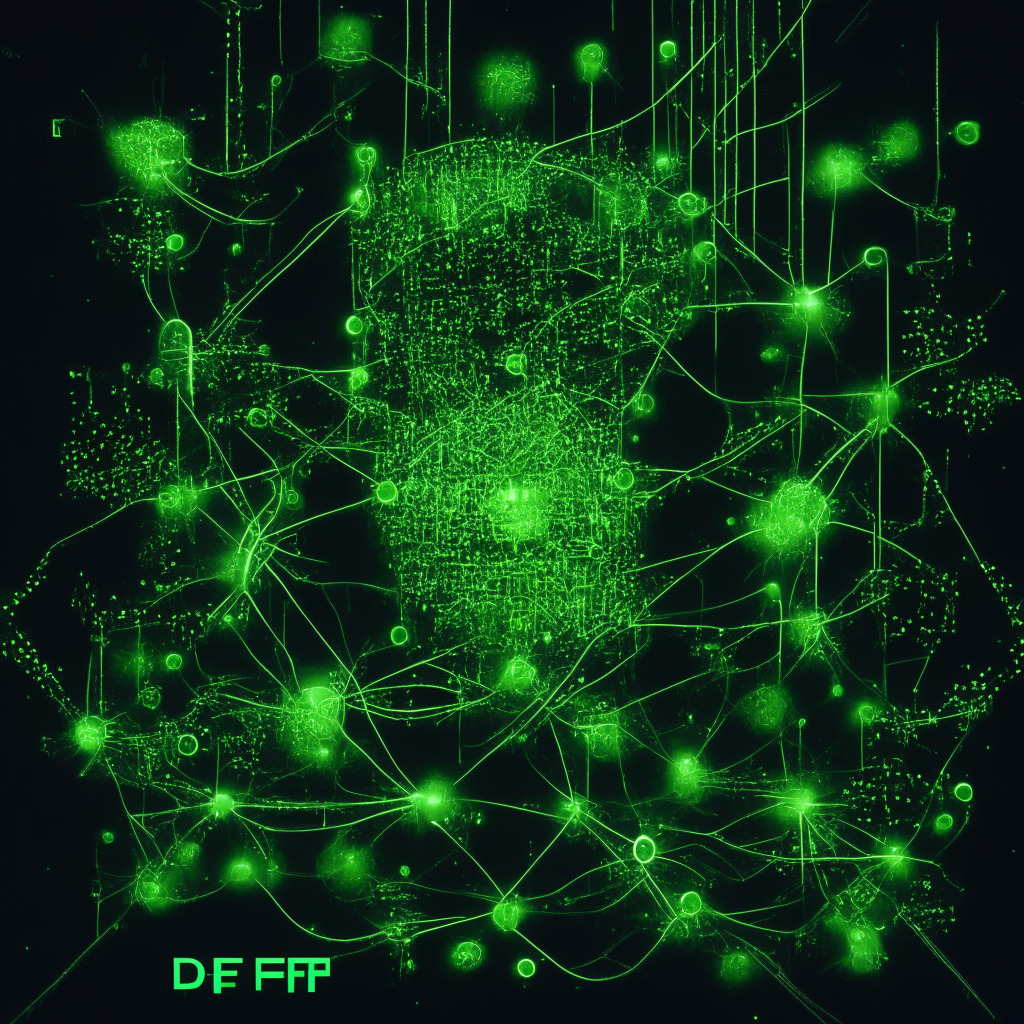Ethereum enthusiasts have been following the recent deployment of EigenLayer, a restaking protocol on the Ethereum mainnet. The launch supports tokens such as stETH, rETH, and cbETH, aiming to extend Ethereum’s security to software modules including bridges, oracle networks, and consensus mechanisms. By utilizing restaking, EigenLayer offers pooled security mechanisms built on top of the network.
The EigenLayer protocol consists of two main components: stakers who commit stake and operators who provide technical validation services for actively validated services (AVSs). Several AVSs are building on EigenLayer, including EigenDA, Espresso, Witness Chain, Omni, and Lagrange. While other projects continue to develop privately, additional details will be shared as they become available.
Stakers in EigenLayer grant permission to smart contracts, subjecting their staked ether to slashing conditions and enabling them to validate different software modules on top of the layer-1. In turn, they earn additional rewards and can delegate validation to an operator of their choice. Restakers retain the agency over their stake and choose which AVSs they opt-in to validate from.
To maintain the integrity of the system, there are various checks and balances in place. EigenLayer encourages AVSs to have only objectively attributable faults, and a veto committee, consisting of reputable members from the ecosystem, reviews potential slashing events. Any AVS smart contract seeking to slash a validator must submit its request to the veto committee, which can then approve or veto based on the request’s legitimacy.
The initial mainnet launch includes restaking only, with operators and validators expected to be part of a second launch iteration. Native staking will also be available during the initial period. In the interest of protocol security, usage limits of 3,200 of each asset have been set, with a maximum of 32 token deposits for each unique user address. A cap of 9,600 liquid staking tokens and a minimum of 300 unique deposits will apply across the three available tokens. Eventually, EigenLayer plans to remove usage limits entirely.
Also, native restaking will be facilitated through EigenPods, which are smart contracts that enable staking on the Beacon Chain layer. There are no current restrictions on the number of validators that can link to EigenPods. However, their creation will stop once native restaking reaches 9,600 ETH.
In conclusion, EigenLayer’s deployment on the Ethereum mainnet has generated much attention from blockchain enthusiasts. Its restaking protocol promises to enhance security and offer flexibility for stakers, operators, and AVSs. As the project continues to evolve, the crypto community eagerly awaits further developments and their potential impact on the Ethereum ecosystem.
Source: Blockworks




